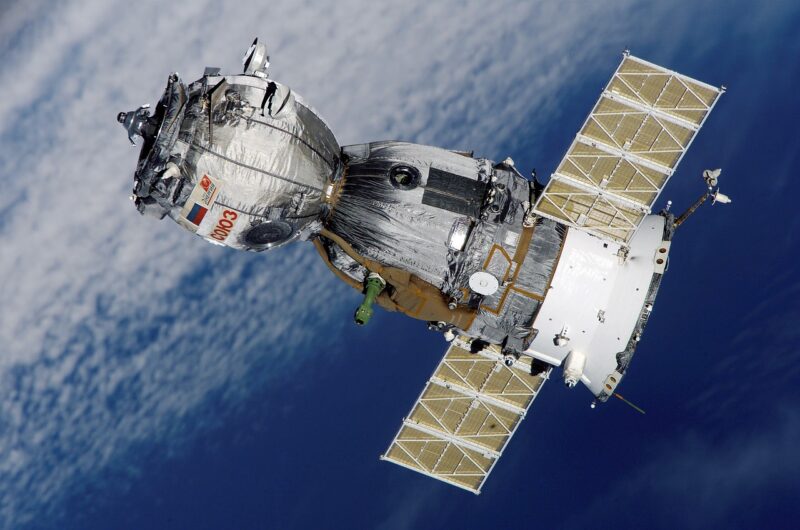How Satellite Radio Works: Broadcasting Across Vast Distances
November 15, 2024

Satellite radio is a revolutionary technology that offers a wide range of channels and programming options, all delivered to listeners regardless of their geographic location. With this technology, radio broadcasting has transcended the limitations of traditional FM and AM signals, opening up a new world of audio content. In this article, we will dive into the intricacies of how satellite radio works, its advantages, and what it means for the future of broadcasting.
1. What is Satellite Radio?
Satellite radio is a subscription-based service that broadcasts radio signals from satellites orbiting the Earth. Listeners can receive these signals using special satellite radio receivers, allowing for high-quality audio without interference from traditional terrestrial signals.
The two most prominent providers of satellite radio services are SiriusXM in the United States and WorldSpace internationally. With thousands of channels covering music, news, sports, and talk shows, satellite radio offers an unparalleled listening experience.
2. The Technology Behind Satellite Radio
To understand how satellite radio works, it’s essential to grasp the technology that supports it. The primary components of satellite radio technology include:
- Satellites: Satellite radio relies on a network of geostationary satellites positioned approximately 22,236 miles above the Earth. These satellites broadcast signals directly to receivers on the ground, providing coverage across vast areas. Unlike terrestrial radio, which can face disruptions from physical barriers, satellite signals remain stable as they travel through space.
- Ground Stations: Ground stations receive programming content, including music and talk shows, and send this information to the satellites. These stations are strategically placed to maintain an uninterrupted connection and ensure that satellite broadcasts are consistent and reliable.
- Receivers: Specially designed satellite radio receivers decode the signals transmitted from the satellites. These devices are typically found in vehicles, homes, and portable devices. They feature advanced technology that improves sound quality and allows for features like song storage and channel navigation.
3. How Satellite Signals are Transmitted
The process of transmitting satellite radio signals involves several stages:
- Encoding and Compression: Before the audio content is transmitted, it goes through a process of encoding and compression. This allows for efficient data transfer, ensuring that high-quality audio can be delivered without excessive bandwidth use.
- Transmission to Satellites: Once encoded, the audio signals are sent to the designated satellites. The satellites are powered by solar panels and orbit the Earth in a consistent path, allowing them to maintain stable communication with the ground stations and receivers.
- Broadcasting to Receivers: The satellites broadcast the encoded signals back down to Earth, where they can be received by satellite radio receivers. Upon receiving the signal, the receiver demodulates the signal to extract the audio content, which is then played back for the listener.
4. Benefits of Satellite Radio
Satellite radio offers numerous advantages over traditional radio broadcasting:
- Wide Coverage Area: Satellite radio can reach remote locations where terrestrial radio signals may not be available, ensuring comprehensive service across urban and rural areas alike.
- Variety of Channels: With hundreds of channels dedicated to various genres, news, and entertainment, subscribers have an extensive array of options to choose from, offering a personalized listening experience.
- Commercial-Free Options: Many satellite radio services offer commercial-free music channels, allowing for uninterrupted listening enjoyment. This is a significant draw for many users seeking a better audio experience.
- Advanced Features: Satellite radio receivers often come equipped with features such as pause/replay, on-demand content, and traffic updates, enhancing user engagement and satisfaction.
5. Challenges Facing Satellite Radio
Despite its many benefits, satellite radio also faces some challenges:
- Subscription Costs: Unlike free terrestrial radio, satellite radio operates on a subscription model, which may deter some potential users. Monthly fees can be a barrier for those who are accustomed to free access to radio programming.
- Signal Blocking: While satellite signals can reach remote areas, tall buildings, mountains, or dense trees can interfere with reception, causing potential service disruptions. However, most receivers are designed to overcome some of these challenges.
- Competition with Streaming Services: The rise of streaming services has introduced new competition for satellite radio. Many listeners now prefer platforms like Spotify and Apple Music for their vast libraries and on-demand capabilities.
- Technological Advancement: As technology continues to advance, satellite radio must evolve to keep pace with changing consumer preferences while ensuring high-quality service and content variety.
6. The Future of Satellite Radio
Looking forward, satellite radio will need to adapt and innovate to maintain its relevance in the rapidly changing media landscape. Potential future developments might include:
- Enhanced Content Offerings: Expanding partnerships with artists, content creators, and influencers to curate exclusive channels or series that distinguish satellite radio from streaming services.
- Integration with Smart Devices: As more consumers turn to smart speakers and devices for entertainment, satellite radio could enhance compatibility and integration.
- Improved User Experience: Continuous upgrades in receiver technology, with features that facilitate easy access to content, improved navigation, and recommendations based on listening patterns.
Conclusion
Satellite radio represents a significant leap forward in broadcasting technology, providing vast access to entertainment content across diverse audiences. While it faces challenges from competition and technological advancements, its unique offerings and extensive coverage continue to attract a loyal listener base. As the industry evolves, satellite radio will need to innovate and adapt, offering new features and channels to command attention amidst the plethora of audio content available today. Whether you are a long-time subscriber or a potential new listener, the future of satellite radio remains bright and full of possibilities.








